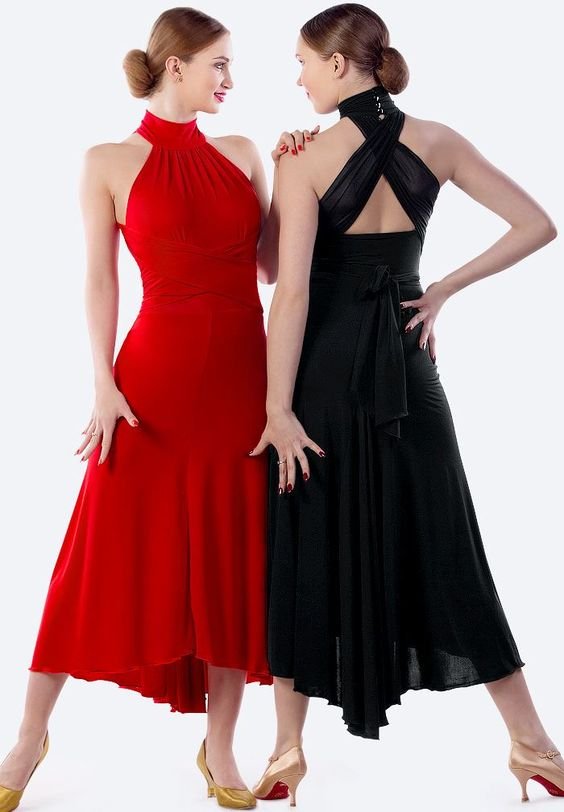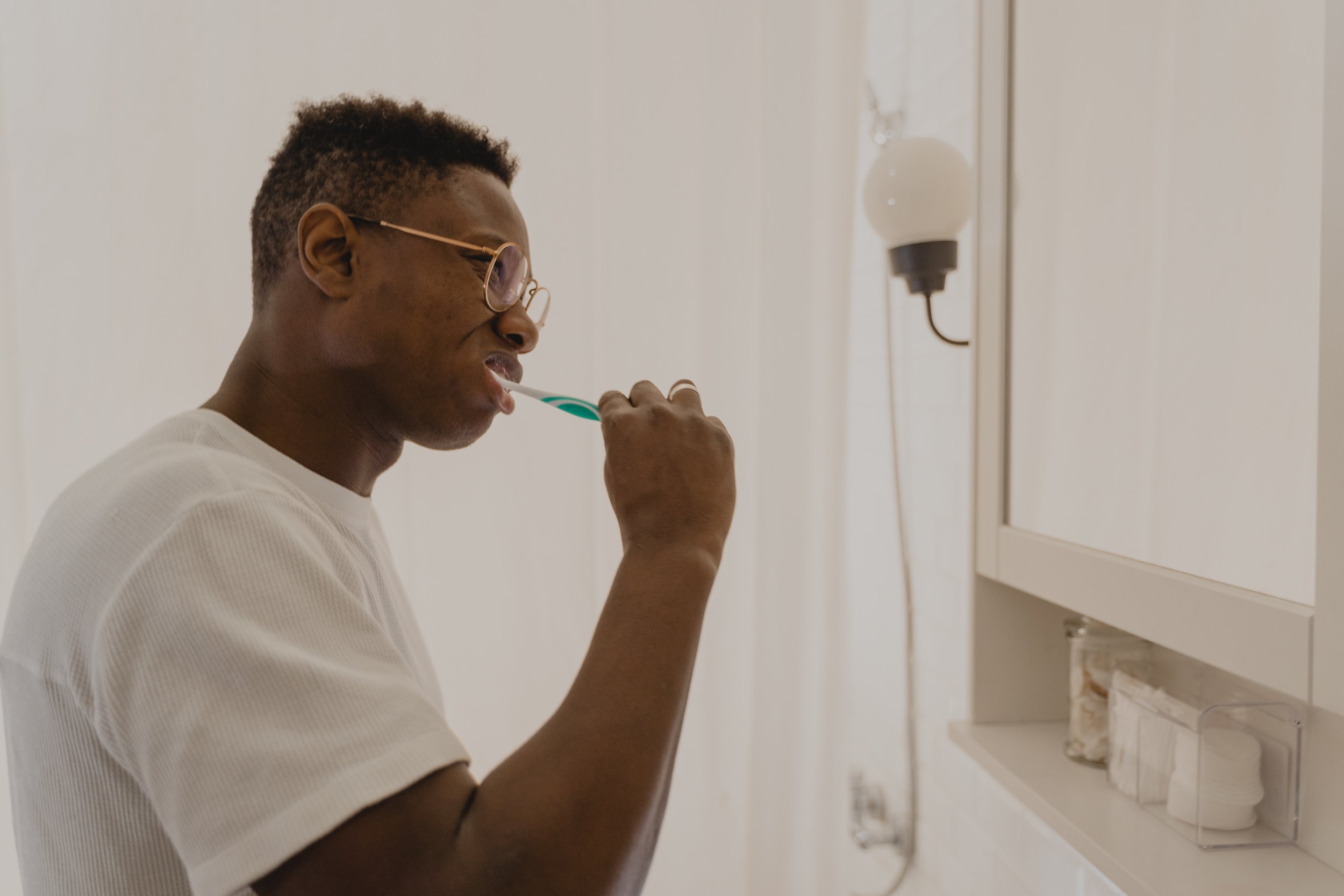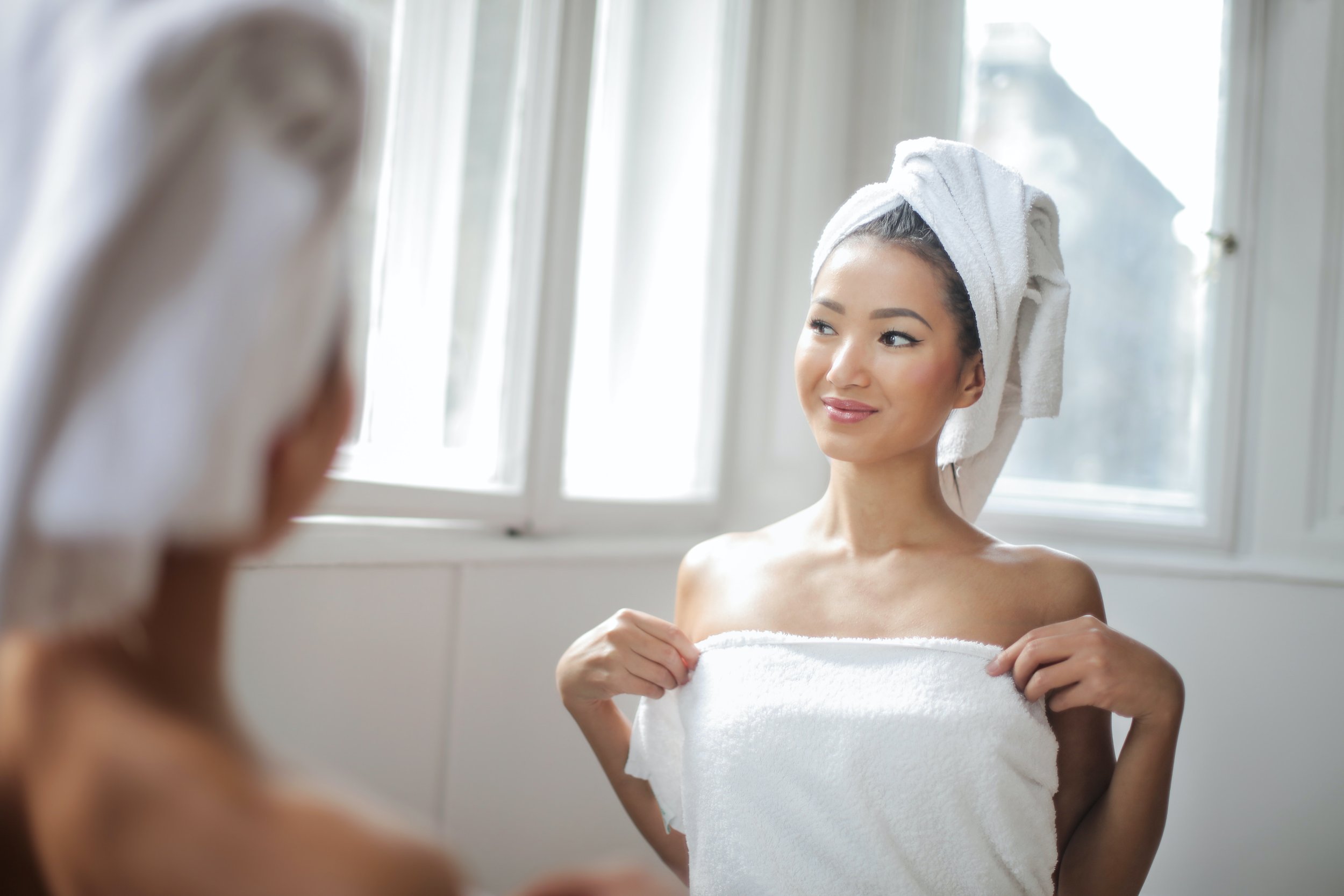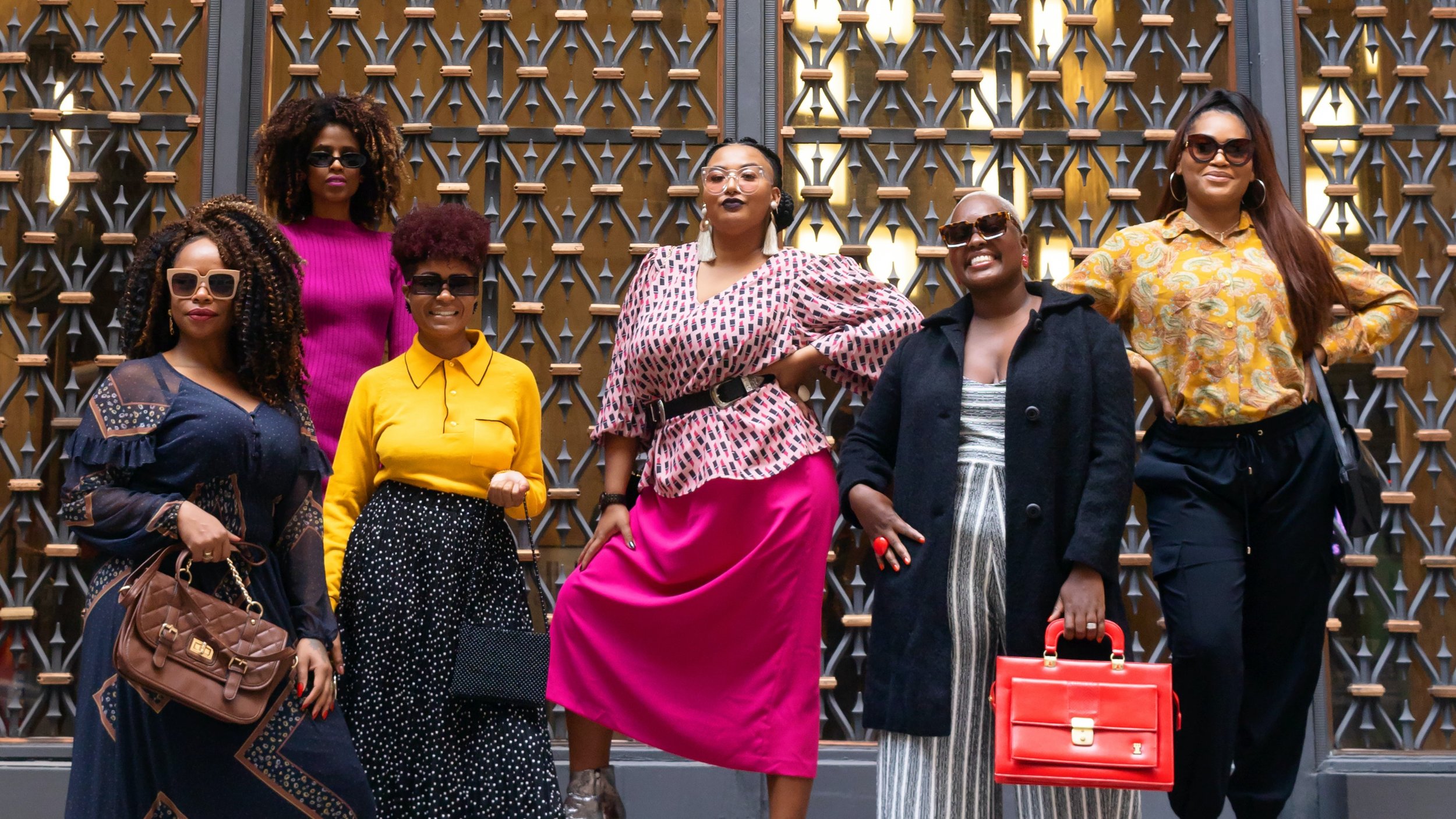OVERDRESSED OR UNDERDRESSED: ARE WE TOO JUDGMENTAL?
Whenever there’s a chance to tango, dancers can’t help but feel giddy until it’s really time to hit the dance floor.
You wash up, rummage through your closet, dress yourself up, and head out with a huge smile— but when you arrive at the venue, you find other dancers, specifically men, looking like they just got out of bed.
Photo from Pexels.com
The dress code in tango has been an issue of debate for years.
Many dancers feel that their appearances are as important as their dance moves and that their dress code should match the music.
Women in tango, in particular, often dress to the nines.
And many find it discouraging when others arrive without a care for how they look, smell, and feel.
It’s a common scenario in the tango community, with people either looking like they stepped out of a magazine or dressing a little too casually. If you’re the type who takes appearances seriously, especially in tango, let’s answer this question: Are you too judgmental?
Tango Dress Codes for Women
It’s undeniable that the dress code in tango is a big part of the dance’s identity.
In our article “ARGENTINE TANGO FASHION THROUGH THE DECADES,” we explored the evolution of fashion in tango, eventually learning how it dramatically impacts social class and culture. It’s part of the dance’s beauty and significantly affects a dancer’s performance.
However, there’s really no “uniform” for tango.
Dancers simply have to think about their comfort and think about what they’re dressing up for.
“While tango fashion may be a form of self-expression, there are still some guidelines to abide by depending on the event you’re attending.”
In prácticas, where tango dancers gather to learn how to move and practice their steps, women wear comfortable clothes that let them move. Some wear flowing skirts or capri pants and dancing shoes that allow them to learn to tango comfortably.
However, when it comes to a milonga, women must take everything up a notch. These events seem like a show for dresses that hug a woman’s curves but stretch and flow near her legs. Women can also wear skirts with slits that make them feel and look sexy. After all, tango is a flirtatious and sensual dance.
What’s crucial for a woman’s fashion in tango is how it makes her feel physically and mentally.
The dress must not restrict her from making sultry and big moves. And most importantly, it should make her feel confident and beautiful.
Tango Dress Codes for Men
Men in tango also have their share of dress codes. It may be easier to notice a woman’s appearance, but how a man looks and feels when he dances also matters.
Generally, prácticas are more relaxed than bigger tango social dances. So, if women can wear comfortable flowing skirts and pants, men can wear loose jeans or pants.
In a milonga, men can also take their fashion to the next level. It’s the time for a suit and tie or dress slacks and collared shirts, depending on the milonga. Men can also grab their nicest jeans and dress shirts if the event allows.
If men dress up, they’ll instantly feel more presentable and confident.
It can be helpful in the crowd of dapper dancers sharing the same passion for tango. Just like with women, clothes can impact how a man feels during a milonga or práctica.
Men are usually the leaders, meaning they need clothes that make them feel in control and secure.
Tango Etiquette: Personal Hygiene
The dress code in tango is what dancers can see.
It’s how the dress stretches when a woman spins and how a man can move gracefully in dress slacks. But there’s something more crucial than appearances. It’s beyond clothes and touches upon respect for yourself and other dancers. Personal hygiene.
Before you adorn yourself with the dress of your choice, you must ensure that you smell and feel clean. No worldwide tango manual orders you to dress up and dress well, but it’s imperative to keep yourself clean for everyone around you to feel comfortable. Like when you go out daily to do any activity, you must be mindful of your and others’ personal hygiene.
Our article “PERSONAL HYGIENE AND TANGO: WHY DOES IT MATTER?” explains how personal hygiene plays a huge role in social tango.
Yes, what you wear matters, but the dress code won’t be enough if dancers forget to shower or wear deodorant.
“Locked in an embrace, dancers would share their personal spaces at such close proximity that it’s inevitable for one or the other to notice things like bad odor or perspiration. Of course, when these issues occur, they may ruin an individual’s experience.”
Personal hygiene means more than just taking a shower. It’s about being conscious of how you dress and smell when you go out to dance or attend any event. Anything that makes you feel confident and beautiful is worth considering, and think about how your potential partners may feel. Every tango dancer knows this, but why is there such a thing as being overdressed or underdressed?
The “Problem” In Tango
Looking deeper into dress codes in tango, we can find a “problem” that affects how tango dancers experience tango. Some dancers, specifically women, have negative experiences because of these do’s and don’ts.
Women often exert more effort to dress up.
They carefully choose their clothes and spend hours getting ready. And when men ask them to dance, it’s a sign to feel lucky enough to catch their attention.
On the other hand, some men in tango dress very casually, even if they are well aware of the dress code.
They can afford to arrive looking very relaxed in clothes that don’t seem dressy enough for a milonga. Some only wear t-shirts and sweatpants, as if they just ran around the block and decided to drop by and dance.
We can link this “problem” in tango to something bigger.
Going beyond the dance floor, society has different expectations for men and women.
These expectations are then reflected in the tango community.
According to Kim Parker, Juliana Menasce Horowitz, and Renee Stepler in “Americans see different expectations for men and women,”
society values honesty most in men.
On the other hand,
women must focus on how they look.
“When it comes to what society values most in women, traits associated with one’s physical appearance are among the most often mentioned: 35% volunteered something having to do with physical attractiveness or beauty.”
The expectations explain why most women take fashion in tango more seriously than men.
Appearances become a big deal because they’ve been conditioned to always dress up. And because it has become a deal-breaker, women also tend to expect the same efforts from men.
However, men have different points of view. Though they understand the dress code, they might not see its importance as much as women do.
In a brief research report article “Personality Counts More Than Appearance for Men Making Affective Judgments of Verbal Comments,” researchers said:
“Gender differences observed here may be contributed by distinct gender roles that have long been influencing attitudes and behaviors in men and women.
Men are traditionally presumed to be leaders, heads of their households by providing financial support for the family and making important family decisions. Therefore, personal traits and abilities rather than physical appearance are highly valued in men, at least in male dominant societies.”
When applied in the tango community, these gender roles are present in the dress code. Perhaps, some men think how they smell or look doesn’t matter as long as they’re good leaders. Unfortunately, women feel that to be good followers, they must also look the part.
Are Men Really the Problem?
There are two sides to this story. On the one hand,
the dress code is an integral part of tango culture, and all dancers must take it seriously.
On the other hand,
dancers’ appearances don’t necessarily reflect their dancing skills.
From a man’s perspective, the dress code may not be as crucial as their dancing skills. So, if they arrive at the milonga in a regular outfit, they may still feel confident as long as they know they’re capable of leading their followers.
This truth doesn’t necessarily invalidate women’s feelings. Of course, nobody wants to dance with someone who feels sweaty and looks disheveled. Also, studies say that our appearance actually says a lot about our personality. In Christian Jarrett’s “How your looks shape your personality,” he said:
“We tend to think of our looks as separate from who we are. But it turns out that physical traits like height or attractiveness may shape our personalities, behaviors, even politics.”
It’s not wrong for women to dress up. In fact, dress codes exist for a reason, and if everyone follows them, it could enrich the overall milonga experience. However,
people must also remember that dress codes can’t guarantee an enjoyable time.
However, people must also remember that dress codes can’t guarantee an enjoyable time. A woman’s dress won’t necessarily make her a better follower, just as an exotic dress won’t make a man dance better.
A Woman’s Call On Appearances In Tango
As a woman who sees tango as the most beautiful form of expression, it can be frustrating to see how other dancers dress and dance.
You walk into the venue with the hair you spent so much time on, carefully applied makeup, and the dress you chose with care and attention. And then a man invites you to dance, looking as though the last time he washed his hair was a week ago.
It can take away the magic of tango! But to redirect the nightmare into something positive, perhaps you can think of it this way:
Women choose to take care of themselves and fight to look pretty and fit. Men consider themselves pretty handsome with big bellies and bald heads, walking around in their underpants and scratching their balls. So,
one way is to start refusing the men that stink and are underdressed — unless you like them and accept them for who they are.
Photos from Pexels.com
You are under no obligation to dance with them.
Moreover, if you build lasting relationships, you can come in your sweatpants, and people still dance with you. In fact, if you decide not to dance, opposite things happen.
As said by Tango Space in “How Tango Makes You Look and Feel Beautiful,” clothes, moves, posture, and confidence make a difference in your tango experience. However, nothing is more important than connection.
“The core reason why tango makes us feel beautiful is the feeling we have when we connect with our dance partners.
If the leader puts all his attention on his follower during the dancing, she feels completely cared for, protected. For the time of one tanda, she feels as if she is all that matters; he takes care of her, listens to her, protects her…”
You can put much importance on fashion in tango, but you can’t force people to do the same.
The dress code may be a guideline, but creating a connection is the key to making moments magical, whether the dancers dress up or not.
Moreover, your problems of being overdressed or underdressed in tango can be a chance to reflect on your self-actualization. Kendra Cherry, in “11 Characteristics of Self-Actualized People,” said:
“Not only do self-actualized people fully accept themselves, they also embrace others for who they are. Other individuals are treated equally regardless of background, current status, or other socio-economic and cultural factors.”
Perhaps, the dress code in tango, which can be a source of frustration for women, is just an illusion. It’s about going beyond external perceptions and embracing others for who they are.
At the end of the day, dress codes and fashion can be just a bonus of being in tango.
Photo from Pexels.com
Tango the Way You Want To!
If you think a man doesn’t deserve the privilege to dance with you, then look away.
Tango can mean different things to different people, so you can control your experience and do what you want.
You can put the dress code on top of your list, or you can not care at all. That’s the beauty of this dance: it can be whatever you want it to be.
Give your tango experiences a chance to be special, even if they may not always look the prettiest!









